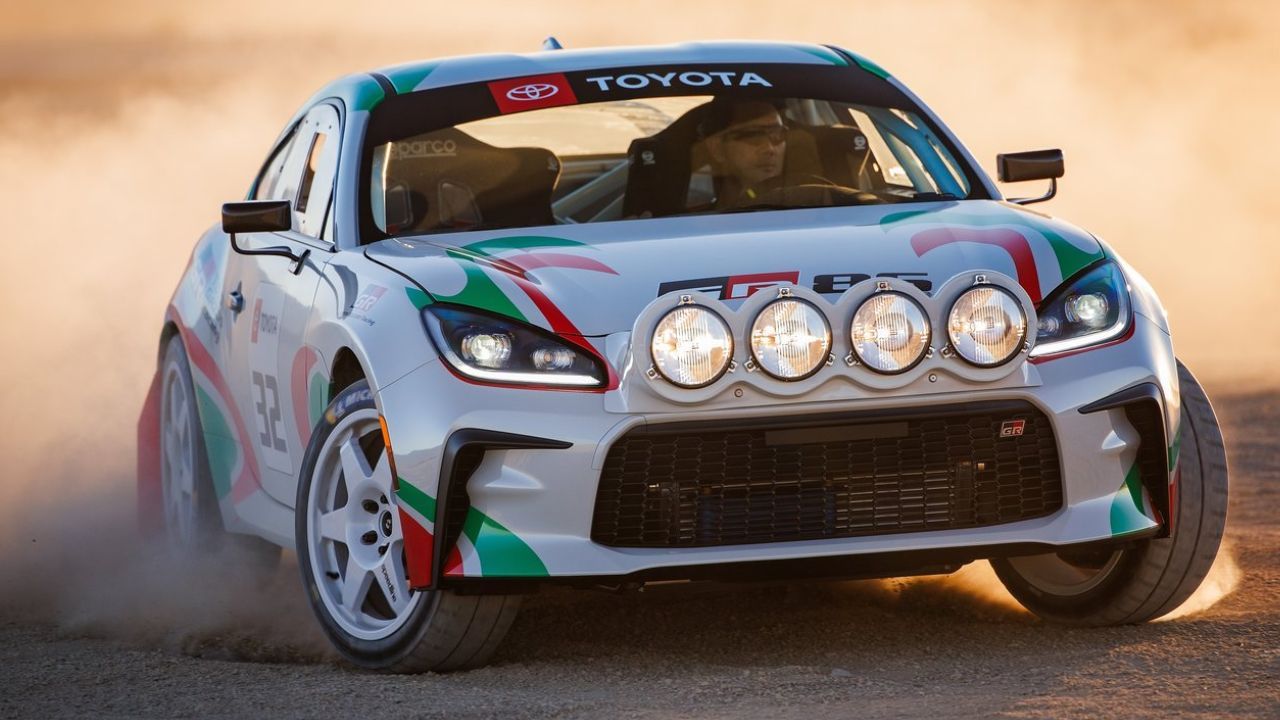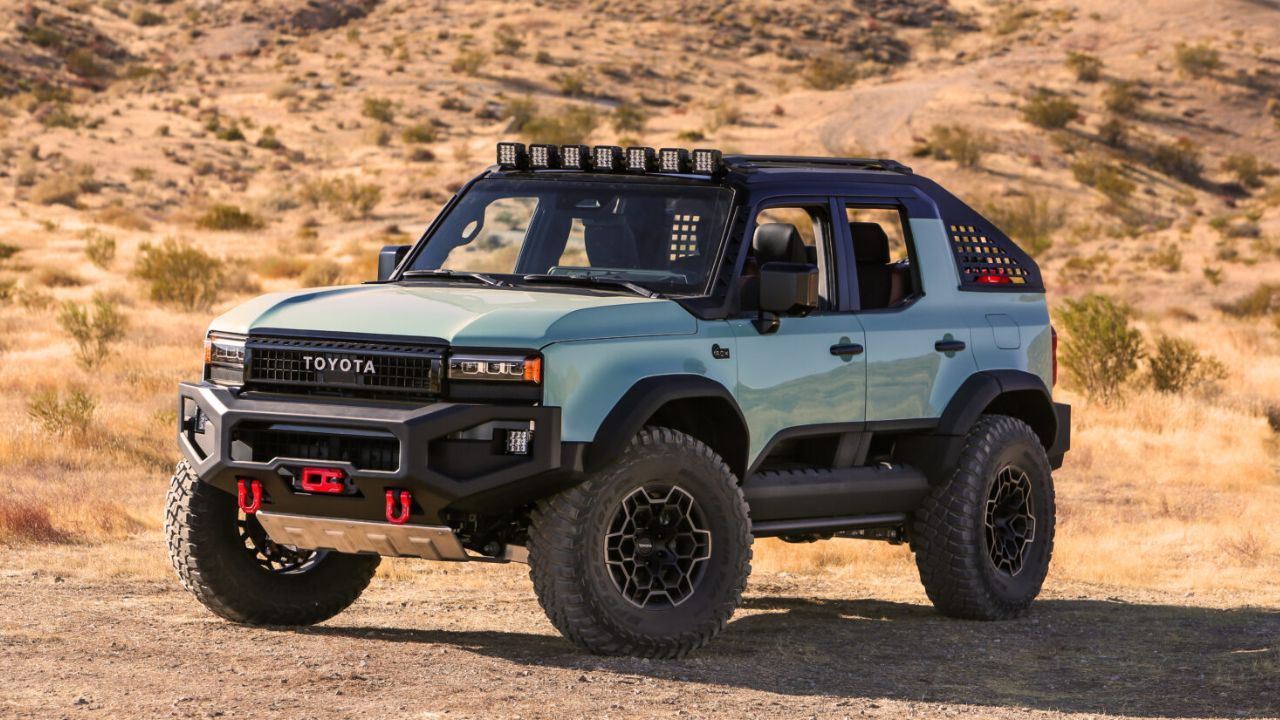
Toyota Innova Crysta Petrol AT Review, First Drive
With the diesel ban in effect, the addition of a conventional AT to the Toyota Innova Crysta seems like a very viable solution by the Japanese automaker. So, let's get behind the wheel and see how it performs, shall we?
With the clouds of uncertainty looming over diesel engines, Toyota has developed a brand new petrol mill for the Innova Crysta. We decided to take it out for a little spin and see if it can live up to the success of the popular diesel model.
In May 2016, Toyota finally launched the second generation of the Innova with two new diesel engines. But because of the Diesel Ban in the Delhi NCR, the beloved MPV wasn’t allowed to be sold in the region which shows the most amount of love to the Innova. The Delhi NCR region alone makes 28% of the market for the Innova.
Despite that, the new Toyota Innova Crysta made its way in to the top-10 best selling cars in the country in the month it was launched. To meet the growing demand, Toyota has even bumped up the production capacity of the Innova Crysta.

But they needed a way around the escalating distrust of the diesel engine among consumers in India. Weather it is the notion of it being a polluting technology, or the fear of restrictive government policies in the near future on diesel powered car, Toyota needed a solution and fast. They decided against the 2.0-litre petrol engine that is sold with the Innova in the international markets, and commissioned the development of a brand new powerful petrol engine for the Indian market.
Toyota has built a 2.7-litre, four-cylinder, dual VVT-i petrol engine that develops 163bhp and 245Nm of torque right from the scratch. The engine comes mated to either a 6-speed torque convertor automatic gearbox, which we sampled, or a 5-speed manual transmission, both of which are lifted from the diesel versions.

When we first drove the diesel powered cars a few months ago, we noticed that the quality and refinement levels of the Innova Crysta to be leaps and bound ahead of the previous generation. It’s a very similar story to the new petrol powered car.
Usually, if you hear a manufacturer say that they have developed a brand new engine from scratch which was ‘fast-tracked’, we expected a decently powerful engine, with some amount of vibrations and noise levels, basically we expected a rushed and half hearted job. But after driving the the car, it just left us with eyes wide open along with a huge grin on our faces.

The engine has two modes - Eco and Power, which can be changed with the click of a pair of small buttons on the centre console. In ‘Eco’ mode, the engine responds very well to throttle inputs with a gentle surge of power. ‘Power’ mode allows the automatic gearbox to hold the revs longer all the way to the redline if you floor the throttle completely, else it will gauge how much throttle input you’re providing and change gears accordingly. The torque is delivered very smoothly and not with a burst which makes the ride more comfortable and its easy to drive in stop and go traffic.
The automatic gearbox does upshifts fairly quickly, it’s the downshifts in both eco and power mode where it finds itself just slightly flustered when set to automatic in stop-and-go city driving. But you can use the sequential tip-tronic settings if you really need the power to shift down manually. Normally, the drivetrain with its well defined gear ratios behaves decently – it’s designed for comfort so you shouldn’t be looking for that sudden burst of torque kicking in.
Toyota claims a fuel economy of 10.83kmpl for the new Innova Crysta automatic petrol. During our test, the read-out indicated an average of around 7.6kmpl. Taking into consideration the fact that the engine is fairly large - displacing 2,694cc, and hadn’t really clocked much distance or have run-in completely, it seemed fairly decent for lugging a vehicle of this size. Given time and careful driving, it’s possible to get very close to the claimed figures though.

The suspension set up provides all round comfort for all passengers and it also comes with what Toyota are calling “Pitch and Bounce control” which helps in stabilizing the car on rough road conditions keeping the chassis and the vehicle as level as possible.
The vehicle we tested was the top of the line ‘Z’ trim which is available as a 7-seater with black and dark brown leather upholstery for the seats and alcantara touches on the door panels. The leather seats are comfortable and all three rows get AC vents like the pervious generation. In the third row, Toyota has also provided a shoulder strap seatbelt for the middle passenger for added safety. However, the alcantra trim on the door armrest will invariably require frequent cleaning.

The cabin is very spacious in the front and the second row, and the seats are very comfortable which is good for long journeys. However, three full grown adults might find it difficult to travel in the third row for long distances due to the lack of space and especially headroom.
Toyota has priced the Innova Crysta Petrol from an ex-showroom price of Rs. 13.72 lakh all the way to Rs. 19.62 lakh, for the top trim we tested. Agreed that is a lot of money for an MPV, especially when you take a look at where the previous generation Innova was priced at. But on the whole, the way Toyota has packaged the entire car with top levels of refinement, performance and luxury, we think that’s completely justified.
Engine: 2,694cc / In-line 4-cylinders / 16 valves / VVT-i
Fuel: Petrol
Transmission: 6-Speed Automatic / Rear Wheel Drive
Power: 163bhp @ 5200rpm
Torque: 245Nm @ 4000rpm
Price: Rs. 19.67 lakh (Ex-showroom, Delhi)

































Write your Comment on